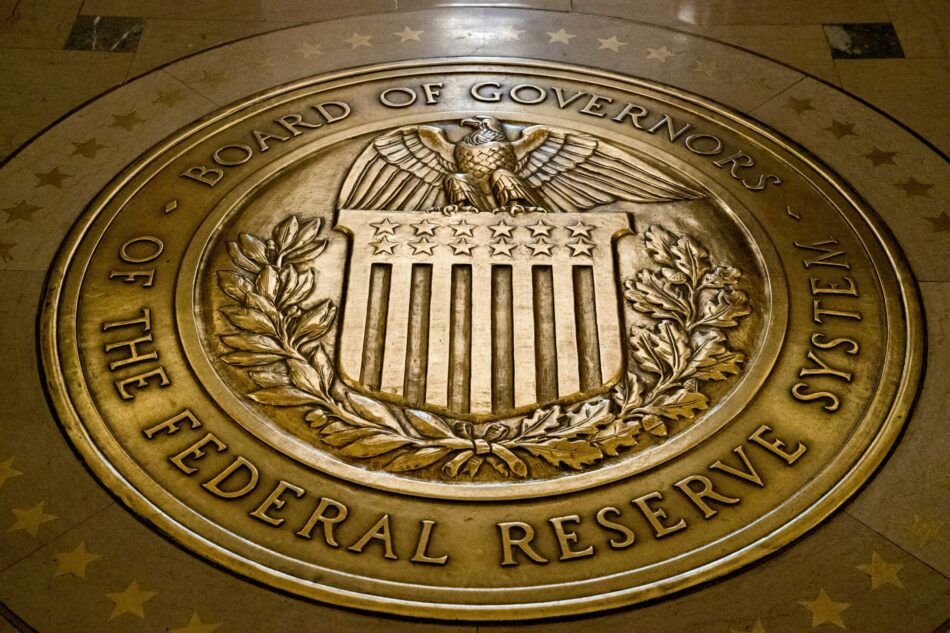The Federal Reserve (Fed) has recently made a significant decision regarding its monetary policy. After a series of rate hikes, the central bank paused its campaign to bring down inflation and kept interest rates unchanged. This marks a change from their previous strategy of steadily raising rates ten times in a row.
The Fed’s new approach can be attributed to its desire to take a more patient stance and assess how the economy will react before making further changes to interest rates.
Inflation has been showing signs of cooling down and recently reached its slowest pace in over two years. This shift in inflation dynamics has prompted the Fed to adjust its strategy accordingly.
However, it is essential to note that the Fed’s decision to be more patient does not imply that they are giving up on their goal of curbing inflation. They anticipate raising interest rates twice more by the end of the year.
Fed Chair Jerome Powell has emphasized that the central bank needs to see substantial progress in lowering core inflation, which excludes food and fuel costs. As a result, they are willing to take whatever steps necessary to bring inflation down to their target of 2 percent.
Striking the right balance between raising interest rates is challenging for the Fed. Raising rates too little could lead to runaway prices, eroding the purchasing power of consumers and causing financial instability.
On the other hand, raising rates too much and too quickly could push the economy into a recession, stifling growth and increasing unemployment. Therefore, the Fed must carefully consider the potential consequences of its monetary policy decisions.
The recent decision by the Federal Reserve not to raise interest rates for the 11th consecutive time has impacted the financial markets.
Initially, there was pressure on stocks as investors anticipated a rate hike. However, the market quickly rebounded as positive talk about the central bank’s commitment to fighting inflation emerged.
The Federal Open Market Committee (FOMC), the policy-setting body within the Federal Reserve, has indicated that it will take six more weeks to evaluate the impacts of previous policy moves as they battle inflation. This assessment is crucial in determining the appropriate path for future rate adjustments.
The FOMC members’ interest rate projections showed an upward movement indicating that the committee members expect a funds rate of 5.6% by the end of 2023, implying two more rate hikes this year.
However, it is essential to note that opinions among FOMC members vary. While nine members expect two rate hikes, four anticipate only one, and two do not expect any rate hikes this year.
Looking further ahead, the FOMC members have raised their forecasts for future years. They now project a fed funds rate of 4.6% in 2024 and 3.4% in 2025, suggesting a gradual normalization of interest rates over time.
Despite the challenges posed by inflation, the Fed remains optimistic about economic growth for 2023. They anticipate a 1% gain in Gross Domestic Product (GDP) and expect the unemployment rate to decrease by the end of the year.
These projections reflect the Fed’s belief that tight labor market conditions and other supply-demand imbalances will eventually moderate.
In terms of inflation, the Fed has revised its projections. They now anticipate higher core inflation, which excludes food and fuel costs, at 3.9%, while the expectation for headline inflation, including all items, is slightly lower at 3.2%.
These projections highlight the ongoing concern of the central bank regarding the persistent inflationary pressures in the economy.
It is worth noting that the Fed believes that policy moves have “long and variable lags.” In other words, the effects of rate hikes and other monetary policy actions take time to materialize in the economy fully. This recognition underscores the need for patience and careful monitoring of economic indicators before further adjustments.
The Fed’s tightening policy includes interest rate increases and a reduction of its balance sheet holdings. These measures aim to gradually withdraw monetary stimulus from the economy and return to a more normalized policy stance.
The rate hikes have already started to impact mortgage rates and borrowing costs for consumer items and influence financial market conditions.
Recent data indicate a slowdown in inflation, although it remains elevated. The supply-demand imbalances in the labor market and other factors have contributed to higher wages and prices.
The Fed’s ongoing assessment of the impacts of its previous rate hikes and reduction of its balance sheet holdings will be crucial in determining the appropriate course of action to address these inflationary pressures.
In conclusion, the Federal Reserve has decided to hold off on a rate hike and adopt a more patient approach to assess the impact of its previous policy moves on the economy.
While inflation has been cooling down, the central bank remains committed to its goal of curbing inflation and anticipates raising interest rates twice more by the end of the year.
Striking the right balance between raising rates is challenging, and the Fed carefully evaluates its decisions’ potential consequences. The financial markets will closely monitor the Fed’s actions and statements for insights into future monetary policy moves.
